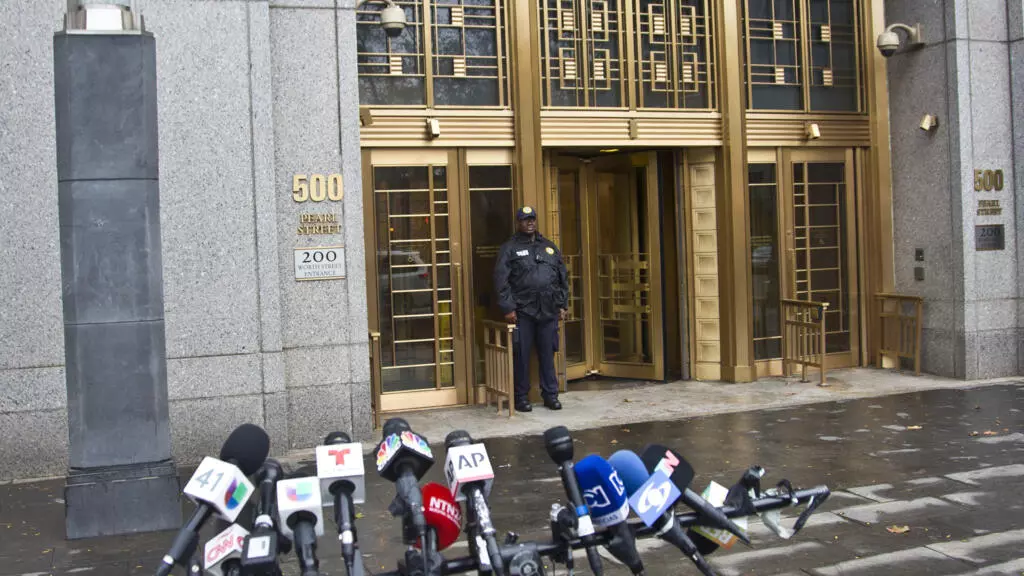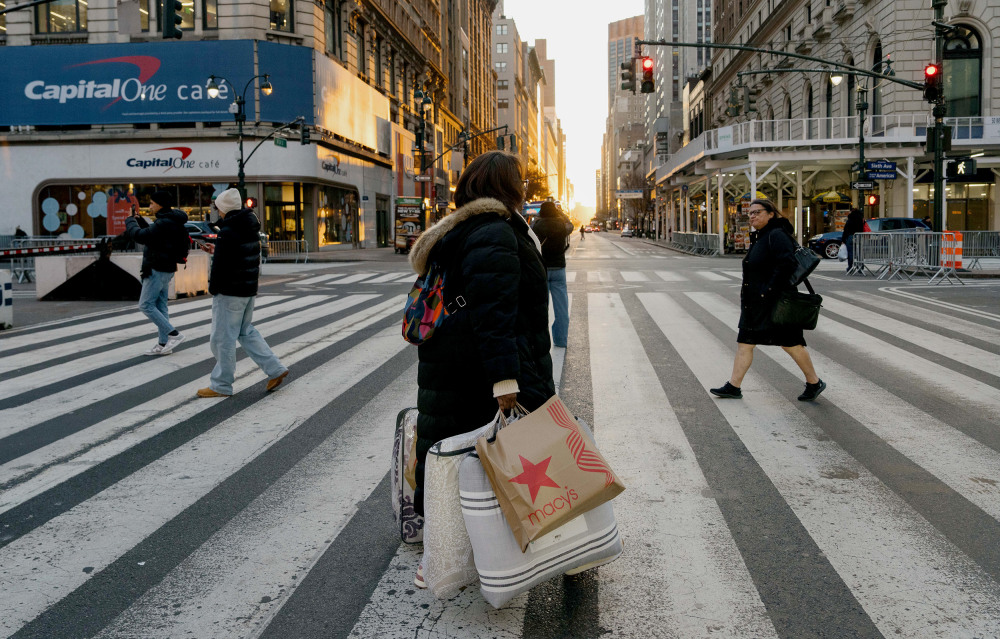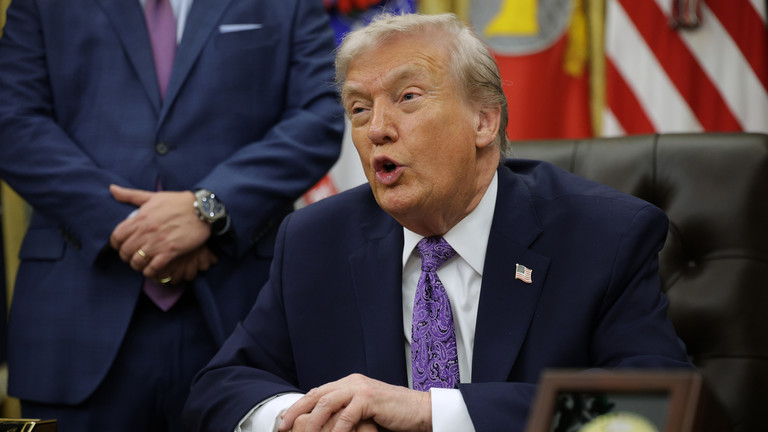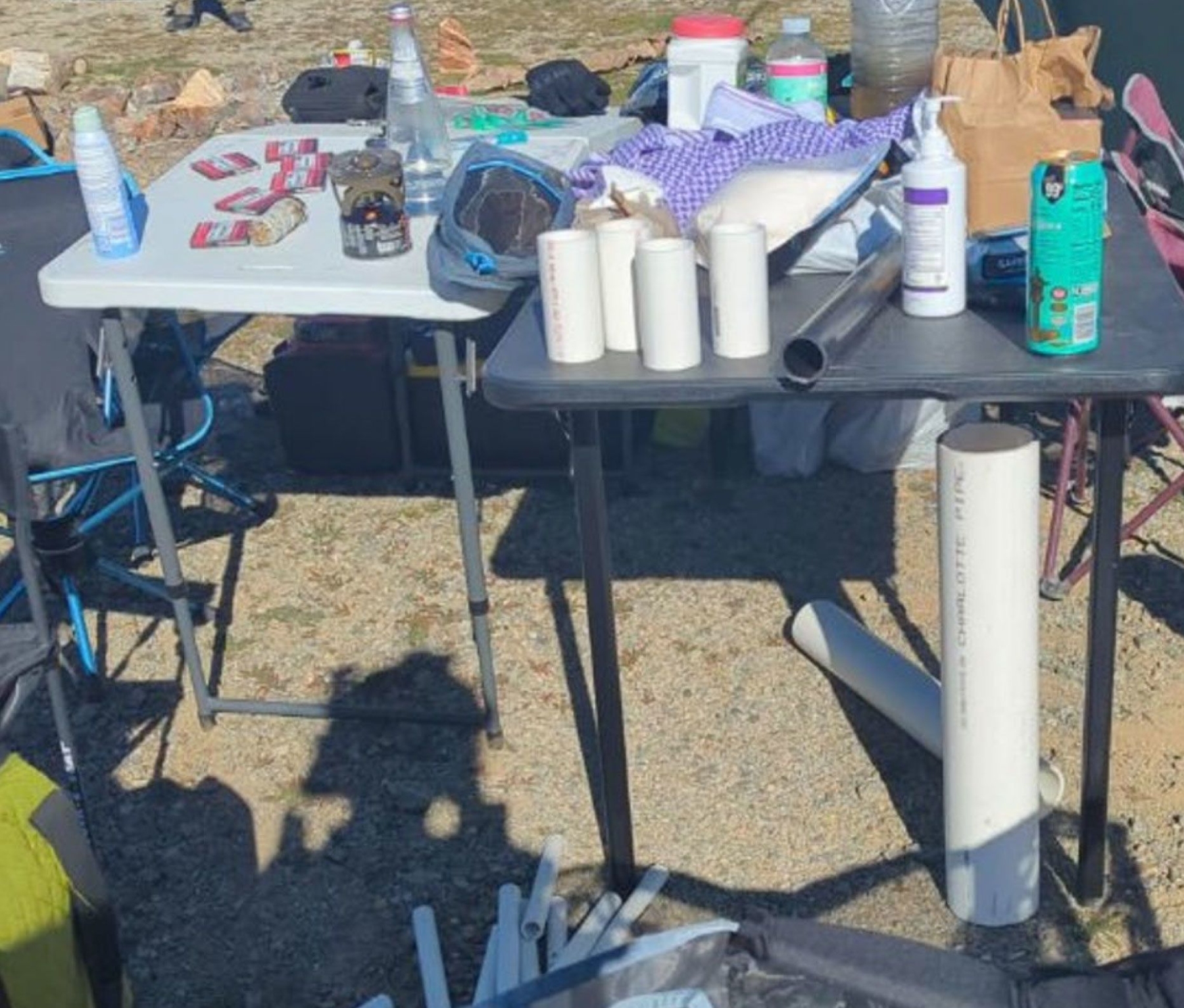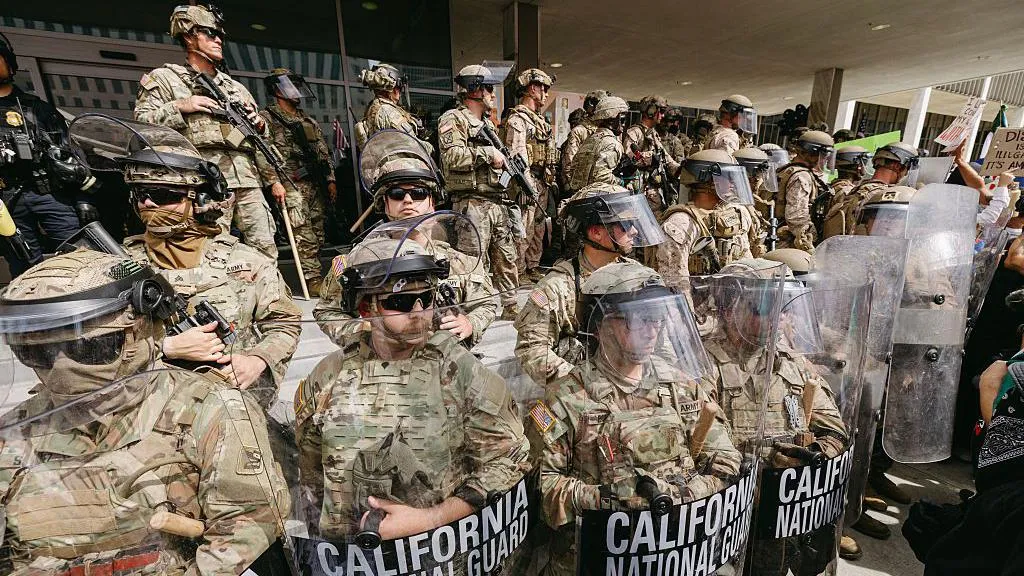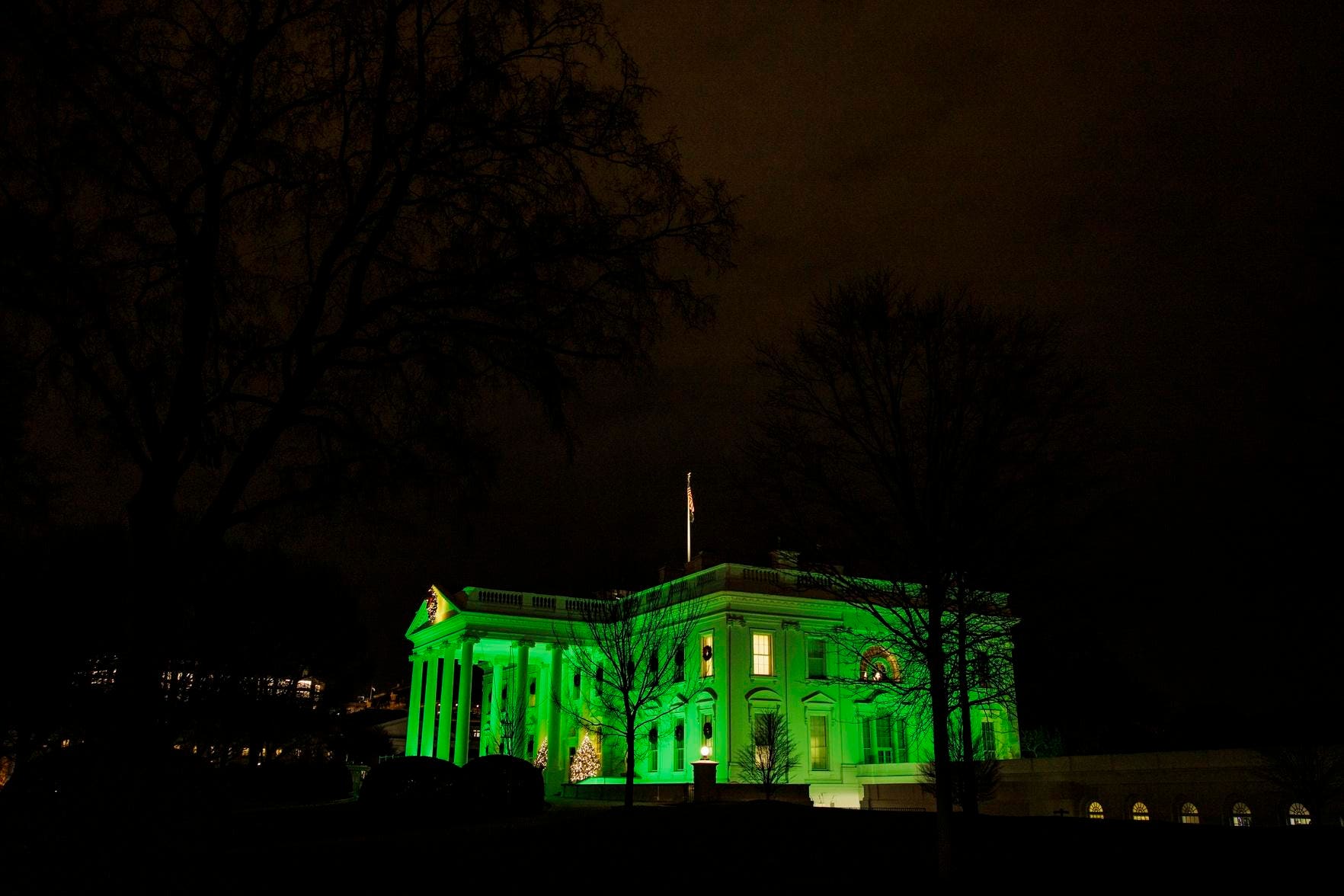
This article is more than
2 year oldWildfire 'apocalypse' kills 6 on Hawaii's Maui island
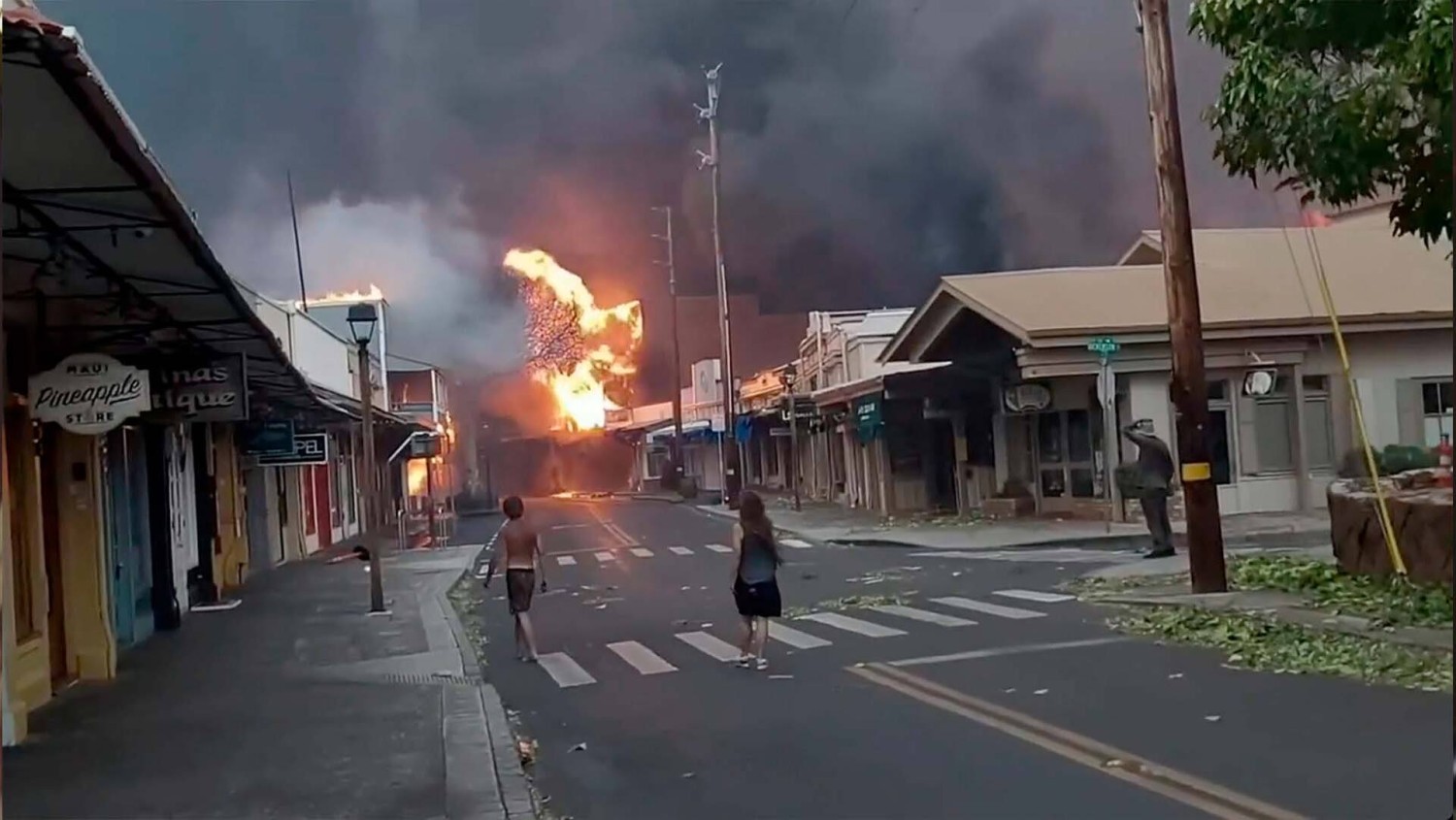
High winds propelled fires across the Hawaiian island of Maui, killing at least six people and severely damaging the historic town of Lahaina.
Wildfires fanned by winds of a distant hurricane killed at least six people and devastated much of Hawaii's Maui island on Wednesday, forcing thousands to flee and some to escape into the ocean to avoid smoke and flames.
Multiple neighbourhoods were burned to the ground as the western side of the island, including the historic town of Lahaina which is popular with tourists, was nearly cut off with only one highway open as officials told of widespread devastation that was still too early to quantify.
"We just had the worst disaster I've ever seen. All of Lahaina is burned to a crisp. It's like an apocalypse," said Lahaina resident Mason Jarvi, who escaped from the city.
Jarvi showed Reuters pictures he took of the ashen-colored destruction along the Lahaina waterfront. Wearing shorts, he also showed blisters on his thigh that he said he suffered when riding through flames on his electric bike to save his dog.
With firefighters still battling three major blazes, western Maui was closed to all but emergency workers and evacuees.
At least 4,000 tourists were still trying to leave western Maui, said Ed Sniffen of the Hawaii Department of Transportation. Though at least 16 roads were closed, the Maui airport was still operating fully and airlines were dropping fares and offering waivers to get people off the island, Sniffen said.
Panicked evacuees posted images on social media showing clouds of smoke billowing over once-idyllic beaches and palm trees.
"I was the last one off the dock when the firestorm came through the banyan trees and took everything with it. And I just ran out and helped everyone I could along the way," said Dustin Johnson, who was in Lahaina Harbor working for a charter boat company that offers two-hour tours. He spoke from Kahului Airport, normally a 25-minute drive east of Lahaina.
Some people were forced to jump into the Pacific Ocean to escape the smoke and fire conditions, prompting the U.S. Coast Guard to rescue them, according to a Maui County press release.

Officials said they were looking into witness reports of people being trapped in their cars.
"Our main focus now is to save lives, preventing human suffering, and mitigating great property loss," Maui County Mayor Richard Bissen told a news briefing.
Bissen had few details about the deaths, saying he had just been informed of the number before the briefing started.
"Everything is fluid and dynamic. They are doing search and rescue as we speak," said National Guard Maj.-Gen. Kenneth Hara, urging tourists to leave Maui, adding they could seek refuge at a convention centre in Honolulu, on the island of Oahu.
Evacuation efforts were complicated by power outages and disruption to cell phone service, as communication with the west side of Maui was only available via satellite, Lieutenant Governor Sylvia Luke said.
"We have shelters that are overrun. We have resources that are being taxed," Luke said. The state had opened at least five evacuation shelters, she added.
The situation in Hawaii mirrored scenes of devastation elsewhere in the world this summer, as wildfires caused by record-setting heat forced the evacuation of tens of thousands of people in Greece, Spain, Portugal and other parts of Europe. Parts of Canada — particularly in British Columbia, Quebec and northwestern Ontario — have also seen extensive wildfires and evacuations.
Human-caused climate change, driven by fossil fuel use, is increasing the frequency and intensity of such extreme weather events, scientists say, having long warned that government officials must slash emissions to prevent climate catastrophe.
The White House issued a message of condolence from U.S. President Joe Biden, who praised the work of firefighters and ordered "all available Federal assets on the Islands to help with response."
Besides the Hawaiian National Guard, the U.S. Coast Guard and Navy Third Fleets were assisting search and rescue efforts on Maui and the U.S. Marines were sending helicopters to the Big Island, while the U.S. Department of Transportation aided evacuation efforts, Biden said.
The cause in Maui had yet to be determined but the National Weather Service said the fires were fueled by a mix of dry vegetation, strong winds, and low humidity. According to the University of Hawai'i, large fires are an almost annual occurrence in some parts of the Hawaiian archipelago, though the scope of these fires was unusual.
By Tuesday night, hundreds of acres had already burned and roads and schools had closed in parts of Hawaii and Maui Counties, according to an emergency proclamation issued by acting Hawaii Gov. Sylvia Luke. Hawaii County encompasses the Big Island, which lies south of Maui.
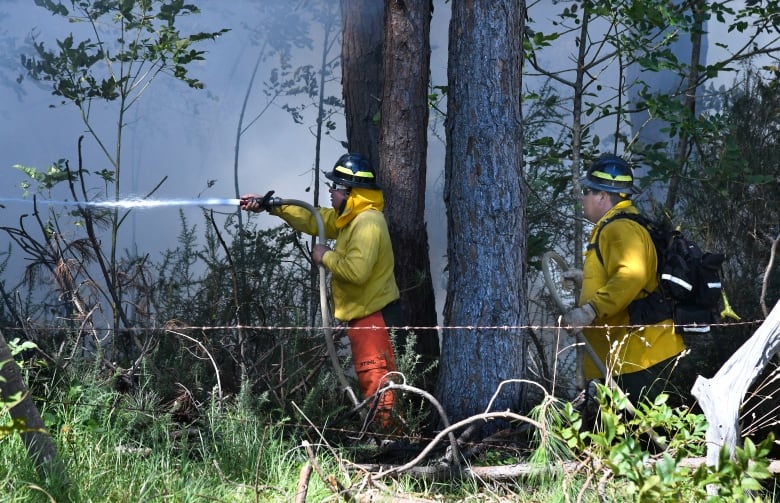
Air Canada, which operates one daily flight between Vancouver and Maui, told CBC News in an email on Wednesday that it is monitoring the situation.
"Yesterday's flight from Maui to Vancouver was cancelled due to the fire impacting access to the airport," the airline said.
"Road access remains affected, and we are evaluating other options, including [opportunities] to operate an evening flight with a larger aircraft to accommodate all affected passengers, pending airport access and other operational considerations."
Officials said the winds from Hurricane Dora fanned the flames across the state. The storm was about 1,380 kilometres southwest of Honolulu as of 11 a.m. local time, the National Hurricane Center said.
The worst of the high winds should end by late Wednesday or early Thursday, said Ian Martin, an NWS forecaster in Honolulu.
With files from CBC News
